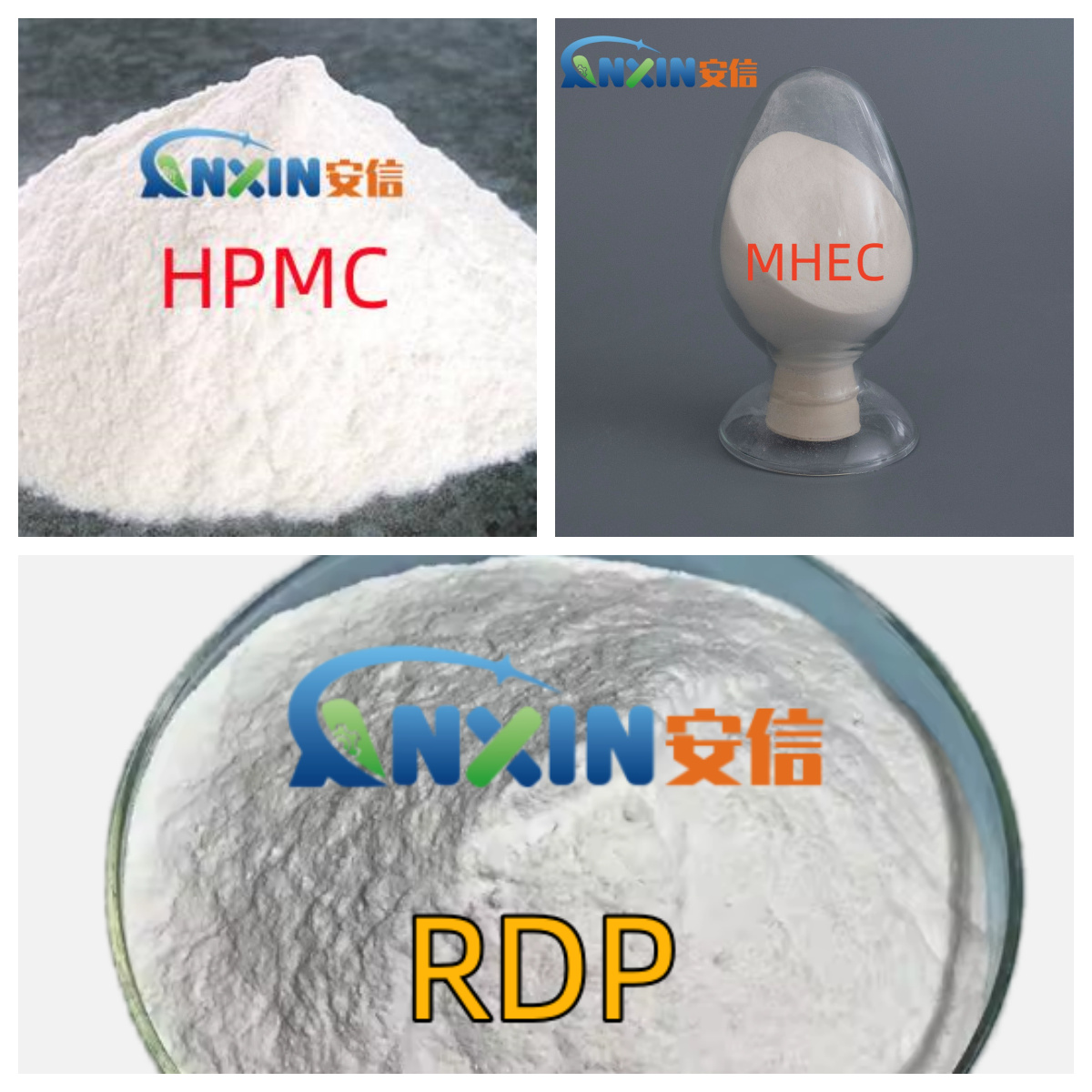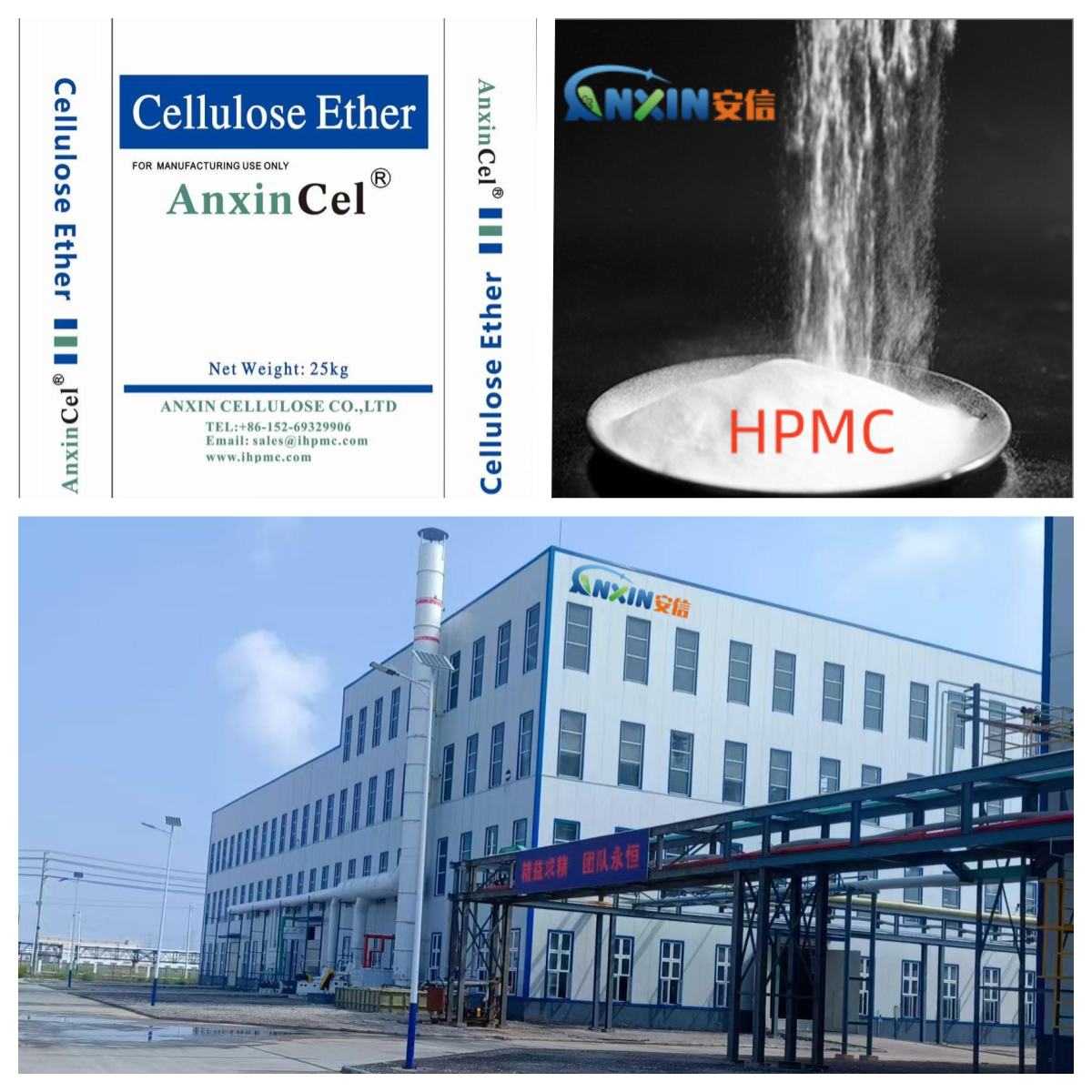Dry-mix mortar often incorporates a variety of functional additives to improve its workability, adhesion, durability, and suit various application requirements. These additives play a key role in mortar, not only enhancing its overall performance but also broadening its application in construction projects. The following is a brief description of common dry-mix mortar additives and their functions.
1. Cellulose ethers (such as HPMC and MHEC)
Hydroxypropyl methylcellulose (HPMC) and methyl hydroxyethyl cellulose (MHEC) are the most commonly used water-retaining agents and thickeners, offering excellent thickening, water retention, and workability. They can slow water loss, increase the open time of the mortar, and improve lubricity for smoother application. Cellulose ethers also enhance the mortar’s anti-sagging and cracking properties, making them particularly suitable for applications such as tile adhesives, plaster mortars, and self-leveling mortars.
2. Redispersible Polymer Powder (RDP)
RDP is a powder additive that disperses to form a polymer film. Its primary function is to enhance the adhesion, flexibility, crack resistance, and water resistance of mortar. It redisperses into an emulsion in water, forming an organic-inorganic composite structure with cement, improving the mortar’s weather resistance and mechanical strength. RDP is commonly used in tile adhesives, waterproof mortars, and exterior wall insulation adhesive mortars.
3. Polycarboxylate Superplasticizer
Polycarboxylate superplasticizers are highly effective water reducers commonly used in modern dry-mix mortars, primarily in self-leveling mortars and high-flow plastering mortars. Their advantages include significantly improving mortar flow, reducing water usage, and increasing strength and durability. Compared to traditional naphthalene-based superplasticizers, polycarboxylate superplasticizers are more environmentally friendly and suitable for use in green building materials.
4. Defoamers and Air-Entraining Agents
Defoamers effectively remove bubbles generated during the mortar mixing process, preventing problems such as hollowing and cracking, and improving surface quality. Air-entraining agents, on the other hand, have the opposite effect: they introduce small, uniform bubbles to improve the mortar’s water retention, frost resistance, and workability. They can be used separately or in combination, depending on product requirements.
5. Thickeners and Water-Retaining Agents (Non-Cellulose)
In addition to cellulose ethers, other natural or synthetic polymers, such as starch ethers, guar gum, and polyvinyl alcohol, are also commonly used. These additives can help improve mortar viscosity and water retention and are often combined with HPMC to achieve optimal application results.
6. Retarder and Hardening Accelerator
Retarders extend the workability of mortar and prevent premature hardening in hot weather. They are often used in large-scale construction projects. Hardening accelerators, on the other hand, accelerate the hardening of mortar in low temperatures or under emergency conditions, improving early strength and accelerating project progress.
7. Antifreeze
Antifreeze is primarily used in winter construction environments to prevent mortar from freezing and failing at low temperatures, maintaining normal hydration and adhesion.
8. Water Repellents and Waterproofing Agents
Used to improve the water resistance of mortar and reduce alkali reversion and mold caused by water penetration. They are commonly used in exterior wall mortar, waterproof mortar, and in wet areas such as bathrooms and kitchens.
9. Other Functional Additives
These include anti-cracking fibers (such as polypropylene fibers), bond enhancers, fillers (such as lightweight aggregates), anti-slip agents, and color modifiers. These additives can be flexibly selected and proportioned according to the specific mortar application (such as repair mortar, decorative mortar, and insulation system mortar).
The performance of dry-mix mortar depends largely on the combination and proportion of the selected additives. Different types of mortars, such as tile adhesives, self-leveling mortars, exterior wall plasters, and waterproof mortars, require different additives. Proper selection and optimization of additive types and dosages are key to ensuring stable performance and excellent workability of dry-mix mortar.
Post time: Jul-31-2025

